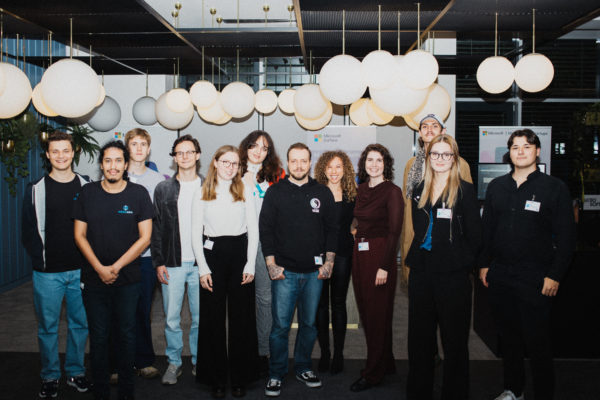
Social Business Models
A new report published by SustainAbility gives a new insight into Business Model Innovation for sustainability around the world. We recommend you have a look at it and get inspiration for […]
A new report published by SustainAbility gives a new insight into Business Model Innovation for sustainability around the world. We recommend you have a look at it and get inspiration for your projects. We also invite you to come up with novel models for your projects. Nothing better than testing your model over the summer.
Below you find excerpts from the blog post they published on the report.
„The idea of business model innovation—that a company could launch a new business model never conceived of before, or transform an existing business model—has long captivated business leaders. And yet, executives are often held back by vested interests in their current approach: “If it ain’t broke, don’t fix it.” But as global trends—environmental, social, political, technological—continue to shift the foundations of our current business models, incremental innovation will become less effective in enabling companies, industries and whole economies to adapt and succeed. There is an urgent need for fundamentally different approaches to value creation.
The proliferation of such innovation gets to the core of why we’ve written Model Behavior. For all its promise and necessity, advocates of sustainable business model innovation have struggled to get beyond citing a few beloved examples like Zipcar. But examples of sustainability-related business model innovation abound, with new ones arriving almost daily. So we set out to better understand which new business models are emerging, where innovation is happening, and how both new and established companies are experimenting to embed sustainability into the underlying structure of their businesses. The findings shed light on both what’s working and what’s possible.
From our research and review of 87 company examples, Model Behavior identifies 20 distinct business models falling into five categories. Our report offers a closer look at what’s occurring in each of these models to produce more sustainable outcomes. In reviewing these business models, Model Behavior reveals a number of themes relevant to the practice of business model innovation for sustainability:
- Every exchange in a value chain provides opportunities for innovation and impact. We argue that business model innovation for sustainability boils down to creating a novel form of exchange at some point along a company’s value chain. Each exchange that a company engages in—with customers, employees, owners or community—therefore, presents an opportunity for a potential shift in model, and potentially also in social or environmental outcomes.
- Companies that have demonstrated a business model innovation have often done so by shifting incentives in the value chain. By understanding what each stakeholder wants or needs, and responding to that, business model innovations take shape.
- The largest companies tend not to be the source of new models, but they can help evolve and scale them. Most business model innovation emerges from companies that design more sustainable models from the start. Nevertheless, established companies have an important role in helping to bring these models to maturity
- Business model innovation doesn’t happen in a vacuum. We must recognize how any model—sustainable or not—is dependent on surrounding conditions, and that new models are often enabled by, or arise organically from, changes in those conditions. The key is to increase our ability to recognize and respond to—and where necessary, to directly engineer—circumstances that will support new, more sustainable ways of doing business.
If business model innovation is indeed a key ingredient to transforming our economic landscape and improving social and environmental outcomes, it is worth understanding what drives it, what the most promising business models are, what might compel an established company to transform its model before such change is urgent or unavoidable, and what broader systemic shifts—in policy, markets, consumer mindsets, etc.—may most hasten the rise of beneficial new models.“



















































